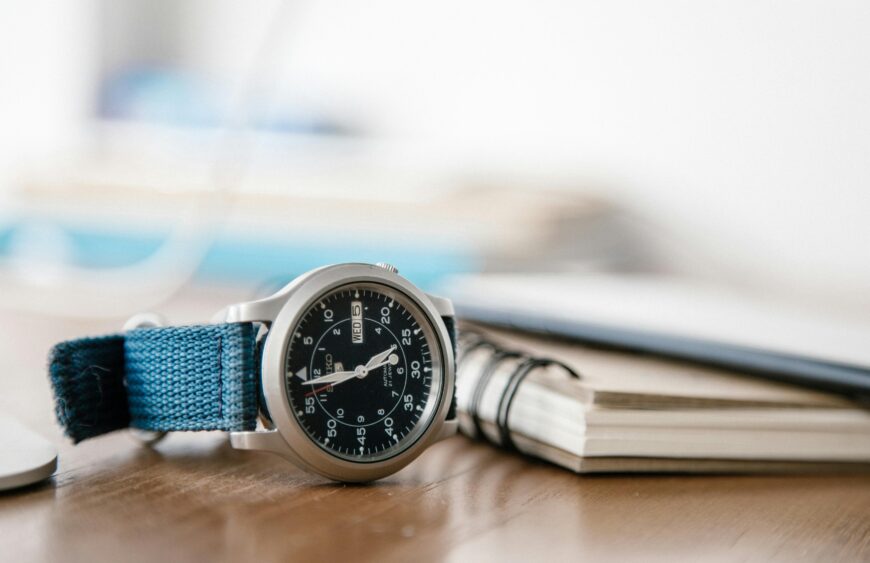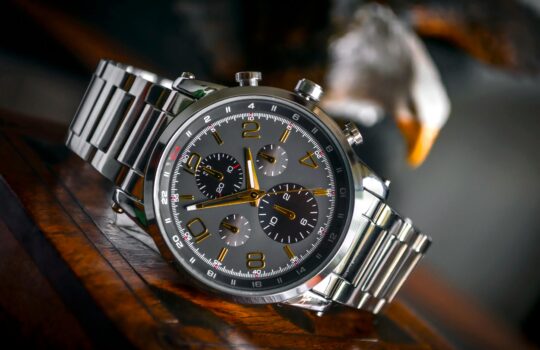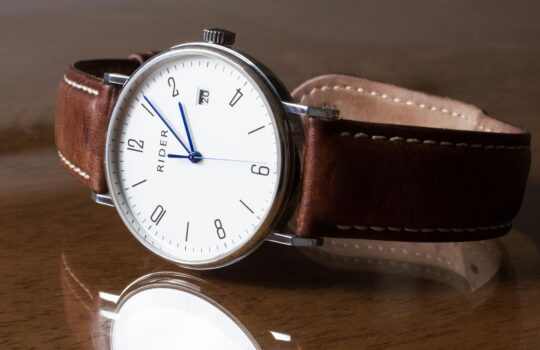When shopping for a watch, design and movement often take center stage. However, the material of your watch plays an equally important role in determining its durability, comfort, weight, and overall look. Here’s a breakdown of the most common watch materials and what makes each unique.
1. Stainless Steel
Why it’s popular:
Stainless steel is the most widely used material in modern watches. It’s durable, corrosion-resistant, hypoallergenic (especially 316L grade), and has a sleek appearance suitable for both formal and casual styles.
Best for:
Everyday wear, sports watches, dress watches. It provides excellent value for its strength and aesthetic versatility.
2. Titanium
Why it’s popular:
Titanium is 30% stronger and nearly 50% lighter than stainless steel. It’s also highly resistant to corrosion, including from seawater, making it ideal for dive watches.
Best for:
Those seeking a lightweight, durable watch that’s comfortable for extended wear. Its matte grey finish gives a modern, understated look.
3. Ceramic
Why it’s popular:
Ceramic watches are highly scratch-resistant and maintain their polished appearance for years. They’re also lightweight and hypoallergenic.
Best for:
People who prefer a luxurious feel with durability. Ceramic is commonly used in high-end watches for its elegance and resistance to wear.
4. Precious Metals (Gold, Platinum)
Why it’s popular:
Gold (yellow, rose, or white) and platinum elevate a watch into a true luxury item. These metals are heavy, prestigious, and offer a distinctive shine that no coating can fully replicate.
Best for:
Formal occasions or as heirloom pieces. Due to softness, they require careful wear to avoid scratches and dents.
5. Carbon Fiber
Why it’s popular:
Known for its strength-to-weight ratio, carbon fiber is extremely light yet durable. It gives a sporty, high-tech aesthetic.
Best for:
Sports watches or tactical designs where performance and weight matter most.
6. Resin and Plastic
Why it’s popular:
Used widely in digital watches, especially G-Shock models, resin is light, affordable, and shock-absorbent.
Best for:
Outdoor activities, sports, and those seeking budget-friendly durability.
7. Sapphire Crystal vs. Mineral Glass
While not the case material, the crystal covering your dial is crucial.
- Sapphire crystal is highly scratch-resistant, used in most mid to high-end watches.
- Mineral glass is more affordable, reasonably durable but scratches more easily.
- Acrylic is light and shatter-resistant but scratches easily; often found in vintage or budget models.
Which Material Should You Choose?
- If you want luxury and tradition, go for gold or platinum.
- If you prefer lightweight comfort, titanium or carbon fiber are ideal.
- For everyday versatility, stainless steel is the go-to choice.
- If you want a scratch-proof elegant look, ceramic is your best bet.
Final Thoughts
The material of your watch affects not just its looks, but also its longevity and how it feels on your wrist every day. Understanding these differences helps you invest in a timepiece that suits your lifestyle and expresses your personal style effortlessly.





